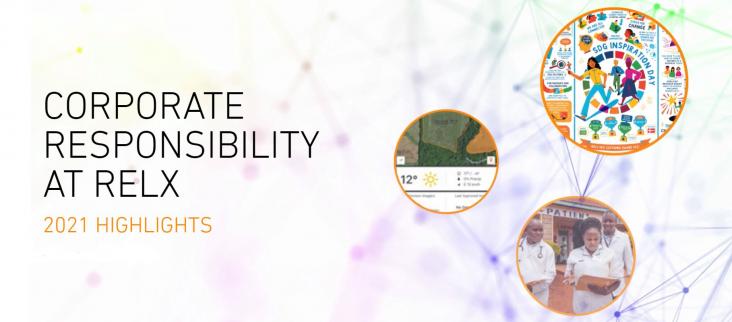Elsevier,
Adsorption through Advanced Nanoscale Materials: Applications in Environmental Remediation, Volume , 1 January 2023
This chapter aligns with Goal 6: Clean water and sanitation by reviewing the most effective uses of carbon nanotubes for water treatment.
Elsevier,
Advanced Applications of Biobased Materials: Food, Biomedical, and Environmental Applications, Volume , 1 January 2023
This chapter aligns with Goal 6: Clean water and sanitation by discussing existing knowledge on different categories of biobased materials as biosorbents for wastewater treatment and giving future perspectives for the development of advanced biobased materials capable of overcoming drawbacks from the existing ones.
This chapter aligns with Goal 6: Clean water and sanitation by discussing different strateties for the treatment of wastewater using a wide range of nanomaterials.
Elsevier,
Intelligent Environments: Advanced Systems for a Healthy Planet, Second Edition, 2023, pp 475-497
This chapter advances the UN SDG goals 9 and 11 by discussing the growing field of Digital City Science and the convergence of digital cities and sustainable urban development.
This article discusses how adaptation strategies affect risk in the case of compound extreme weather events
A technology that has shown promising potential in supporting food and energy security, as well as supporting water security, is agrivoltaic (AV) systems.
In this paper the authors discuss the geothermal potential of sedimentary basins, and their role in achieving the decarbonisation of the energy sector
This article supports SDG's 3, 6, and 11 by illustrating the reduction of pollutants using various microbial techniques. Strategy and recommendations are summarized, along with the future prospects.

In 2021, RELX continued to build on our strong corporate responsibility (CR) performance during the year, further improving on our key internal metrics and extending the scope of our unique contributions. This article is linked to SDGs 1,3,10,11,12,13 and 16, in line with RELX's areas of expertise.

This article supports SDGs 7,9 and 11 by proposing that the real-time online analysis, data integration, and prediction of future status, monitoring, decision-making, and self-healing of the power grid can be achieved, providing high security, reducing the risk of power grid accidents, and serving multiple fields of producers, consumers, and the entire country.
